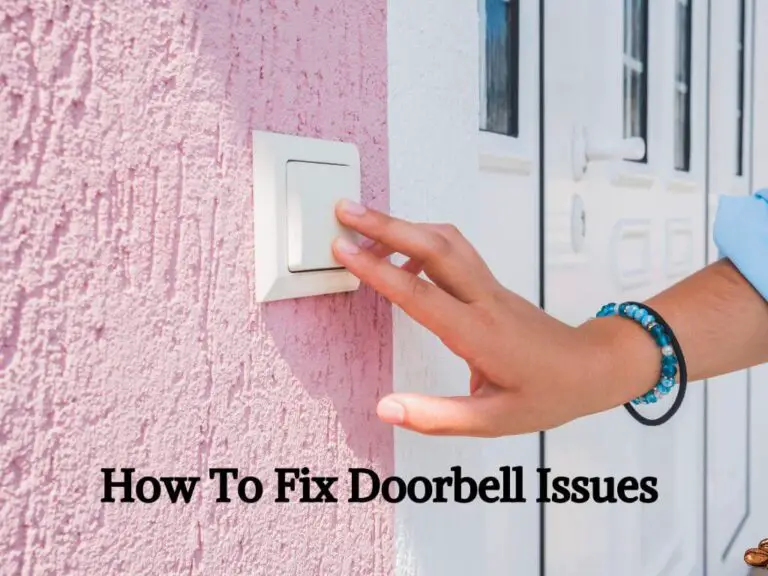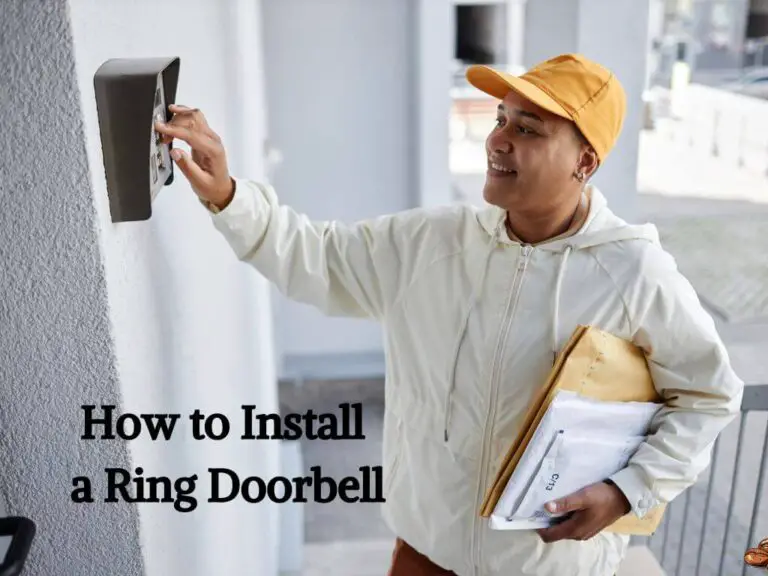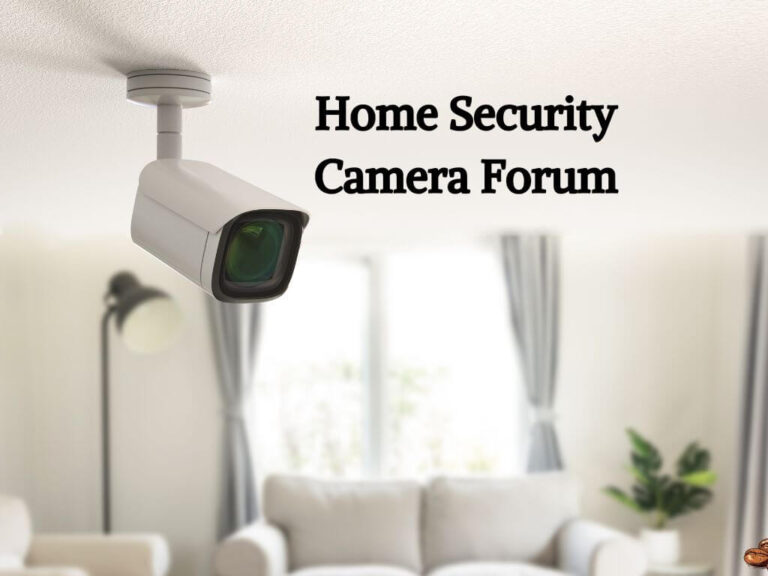With smart home devices like security cameras, voice assistants, smart thermostats, and lights, our homes are more connected than ever. The convenience of controlling devices with a simple voice command or app makes these gadgets appealing. However, this rise in connectivity brings new risks to personal privacy and data security. Smart home devices, when left unsecured, can expose sensitive information, leaving us vulnerable to data breaches, hacking, and even unauthorized surveillance.
The good news? There are effective steps you can take to secure your smart home devices and protect both your data and privacy. This guide provides practical, actionable tips on how to secure your smart home devices so you can enjoy the benefits of a smart home with peace of mind. From securing your network to managing device permissions, you’ll learn everything you need to know to keep your smart home safe and secure.
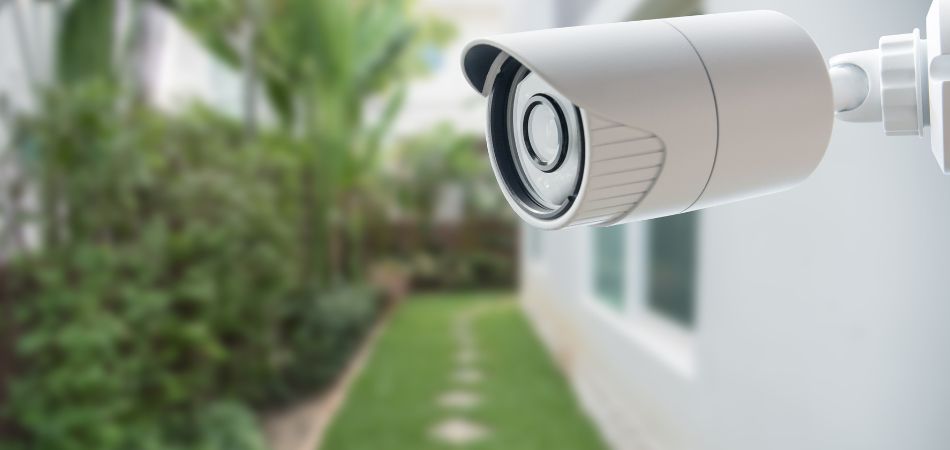
Understand the Risks of Smart Home Devices
Securing smart home devices starts with understanding the potential risks they introduce. While these gadgets make daily life more convenient, they can also serve as gateways to your personal information and privacy if left unprotected.
Key Vulnerabilities
- Weak Passwords: Many devices come with default passwords that are easy for hackers to guess. Without changing these, it’s like leaving the door to your data wide open.
- Outdated Firmware: Just as your smartphone requires regular updates for security, so do your smart devices. Outdated firmware can have unpatched vulnerabilities that hackers can exploit.
- Unsecured Networks: An open or weakly secured Wi-Fi network allows unauthorized users to access your devices and potentially control or monitor them.
Real-World Examples
Smart home security breaches are more common than many realize. For example, there have been cases of hackers gaining access to home security cameras, watching live feeds, or even communicating through them. These breaches are a stark reminder of how crucial it is to secure all smart devices.
Why Security Matters
Securing your smart home isn’t only about protecting data; it’s also about ensuring the physical safety of your household. A compromised system could result in unwanted surveillance, control of security systems, or exposure to phishing scams and financial risks. A secure smart home not only protects your data but also preserves your peace of mind.
Start with Your Network Security
Your Wi-Fi network serves as the foundation of your smart home, connecting all devices and enabling them to work seamlessly. Securing your network is one of the most effective ways to protect your smart devices from unauthorized access.
Secure Your Wi-Fi Router
Your router settings are the first line of defense for your smart home. Here are some steps to take:
- Change Default Credentials: Routers come with default usernames and passwords that are easy to guess or find online. Change these to a unique, strong password to prevent unauthorized access.
- Use Strong Encryption: Ensure your Wi-Fi network is set to WPA3, the latest and most secure form of Wi-Fi encryption. This prevents attackers from intercepting data transmitted between your router and devices.
- Update Router Firmware: Just like other devices, routers receive firmware updates that improve security and performance. Regularly check for updates through the router’s settings page.
Set Up a Guest Network
To add an extra layer of security, create a separate network specifically for your smart home devices. This “guest network” isolates IoT devices from your primary network, reducing the risk of data exposure if one device is compromised.
Use a Strong Wi-Fi Password
A strong Wi-Fi password is essential. Avoid common words or easy-to-guess phrases. Instead, create a password with a mix of letters, numbers, and special characters. Here’s an example of a strong password format:
| Strong Wi-Fi Password Tips |
|---|
| 1. Use at least 12 characters. |
| 2. Include uppercase and lowercase letters. |
| 3. Add numbers and symbols. |
| 4. Avoid personal information. |
Taking these steps to secure your network will significantly reduce the risk of unauthorized access to your smart home.
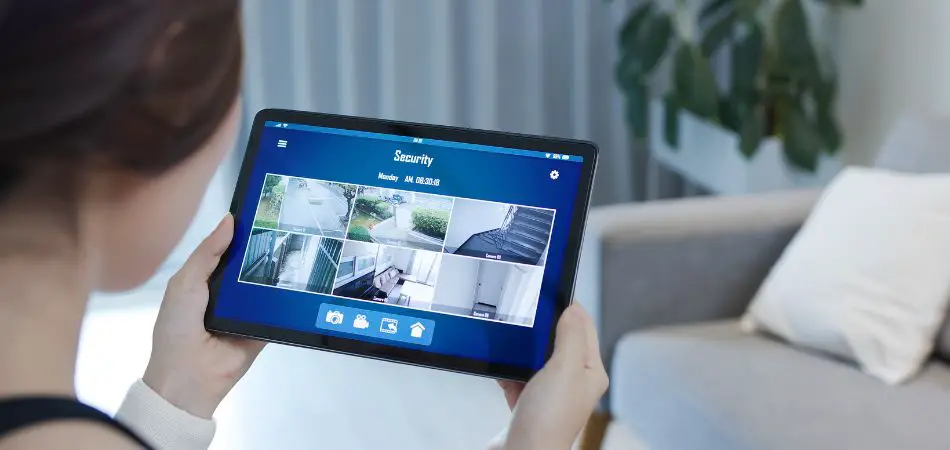
Regularly Update Device Firmware
Just like your smartphone and computer, smart home devices require regular updates to function optimally and securely. Firmware updates often include critical security patches that protect against newly discovered vulnerabilities.
Importance of Firmware Updates
Firmware updates enhance your device’s performance and fix security flaws that hackers may exploit. By keeping your devices updated, you ensure they are equipped to fend off potential attacks.
- Stay Informed: Many devices will notify you of available updates, but it’s wise to periodically check for updates manually through the device’s app or settings menu.
- Turn on Automatic Updates: If your device supports automatic updates, enable this feature to ensure that your firmware is always up to date without requiring manual intervention. This way, you can enjoy the latest security enhancements without having to remember to check for updates regularly.
Taking the time to update your smart home devices not only keeps them running smoothly but also fortifies their defenses against cyber threats.
Implement Multi-Factor Authentication (MFA)
Multi-Factor Authentication (MFA) is a security measure that adds an additional layer of protection to your smart home devices and accounts. By requiring more than just a password to access your devices, MFA makes it significantly harder for unauthorized users to gain access.
What Is MFA and Its Benefits?
MFA requires users to verify their identity through two or more authentication factors before accessing their devices or accounts. These factors can include:
- Something You Know: A password or PIN.
- Something You Have: A mobile device or hardware token that generates a verification code.
- Something You Are: Biometric data, such as a fingerprint or facial recognition.
The primary benefit of MFA is enhanced security. Even if a hacker manages to obtain your password, they would still need the additional verification method to gain access, making unauthorized access much more difficult.
How to Set Up MFA
Setting up MFA is straightforward for many smart home devices and services. Here’s a general guide:
- Log into Your Device’s App or Account: Access the settings for the specific device or service.
- Navigate to Security Settings: Look for options related to account security or privacy.
- Enable MFA: Follow the prompts to activate MFA. You may need to provide a mobile number or link an authenticator app (like Google Authenticator or Authy).
- Complete the Verification Process: You will typically receive a code via SMS or an authentication app that you must enter to confirm the setup.
For popular devices, such as Amazon Alexa or Google Home, you can usually find detailed instructions on the manufacturer’s website. By implementing MFA, you significantly boost the security of your smart home setup.
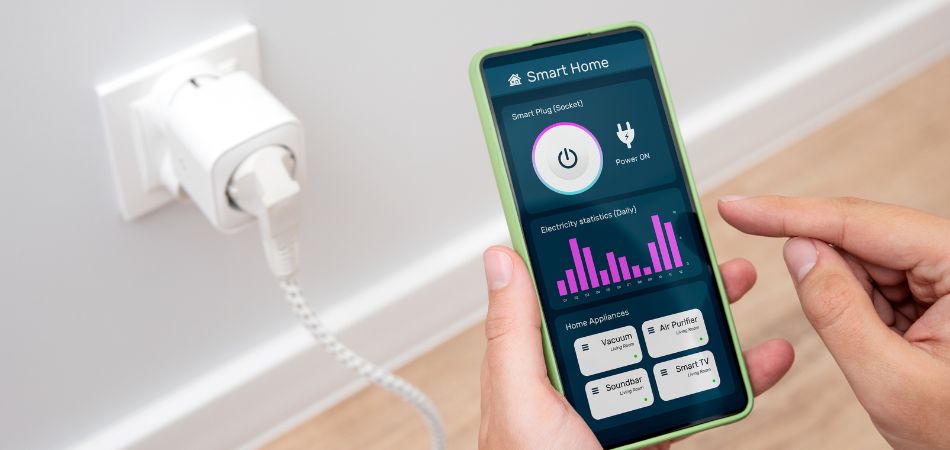
Manage Device Permissions and Access
Managing the permissions and access of your smart home devices is crucial for maintaining security. Each device comes with settings that dictate what it can access and how it interacts with other devices and services.
Regularly Review Permissions
Over time, the number of connected devices and their permissions can grow, sometimes leading to unnecessary access that can compromise your security. Here’s how to manage device permissions effectively:
- Access Device Settings: Open the app or control panel for each smart device and navigate to its permissions or privacy settings.
- Limit Access: Disable permissions that are not essential for the device’s core functions. For example, if a smart camera doesn’t need to access your location, turn off that permission.
- Monitor Connected Accounts: For devices that connect to third-party services, regularly review which accounts are linked and consider removing access to any that are no longer necessary.
Limit Account Sharing
While sharing access to devices can be convenient, it can also pose security risks. Limiting shared access helps ensure that only trusted individuals can control your smart home devices.
- Use Individual Accounts: If a device allows it, create separate user accounts for each person who needs access. This way, you can control permissions more effectively.
- Set Clear Roles: If you must share access, make sure that each user has a role that corresponds to their needs, limiting their access to only what is necessary.
By carefully managing permissions and access, you can significantly reduce the likelihood of unauthorized control over your smart home devices.
Utilize Strong Password Management
One of the most critical steps in securing your smart home devices is implementing a robust password management strategy. Weak or reused passwords are the primary vulnerabilities that hackers exploit to gain access to your accounts and devices.
Importance of Unique Passwords
Using unique passwords for each device is essential. If one device is compromised, using the same password across multiple devices can allow hackers to access your entire smart home ecosystem. Here’s why unique passwords matter:
- Mitigate Risk: If one password is hacked, your other devices remain secure if they have different passwords.
- Reduce Chance of Credential Stuffing: Many cybercriminals use automated tools to try stolen credentials from one site on various others, hoping to gain access. Unique passwords can prevent this tactic from succeeding.
Using a Password Manager
A password manager can simplify the process of creating and managing strong, unique passwords for all your devices. Here are some benefits of using a password manager:
- Secure Storage: Password managers store your passwords in an encrypted format, keeping them safe from unauthorized access.
- Password Generation: They can create strong, complex passwords for you, eliminating the need to come up with them on your own.
- Easy Access: Most password managers have browser extensions or mobile apps that allow you to access your passwords securely from any device.
Tips for Using a Password Manager:
- Choose a reputable password manager with strong security features and good reviews.
- Enable two-factor authentication for your password manager account to add an extra layer of security.
- Regularly update passwords stored in your password manager, especially if you learn about a breach affecting any of your accounts.
By utilizing strong password management practices, you can significantly enhance the security of your smart home devices and protect your personal information.
Be Cautious with Third-Party Apps and Integrations
While third-party apps and integrations can enhance the functionality of your smart home devices, they can also introduce security risks if not managed properly. It’s important to be discerning about which apps you allow to interact with your smart devices.
Research Third-Party Apps
Before downloading any third-party app, do your due diligence:
- Check Reviews and Ratings: Look for apps that have good reviews from other users and a solid reputation in the tech community.
- Review Developer Information: Ensure that the app is created by a reputable developer. Research their history and the security measures they implement.
Using poorly designed or malicious apps can expose your devices to vulnerabilities, allowing hackers to gain access to your network.
Limit Integrations
While it can be tempting to connect every available integration, less is often more in terms of security:
- Use Trusted Integrations Only: Limit your smart home to integrations that come from reputable manufacturers or developers. Stick to official apps and integrations from known sources.
- Regularly Review Settings: Periodically check the integrations linked to your devices. Remove any that you no longer use or that seem suspicious.
Be Wary of Permissions:
Many third-party apps request permissions that may not be necessary for their functionality. Before granting access, consider whether the app truly needs that permission. For example:
| Permission | Need? |
|---|---|
| Location Access | Often not needed for most smart devices |
| Camera Access | Only necessary if the app is a camera |
| Contacts Access | Usually not required for most devices |
By being cautious with third-party apps and integrations, you can protect your smart home from potential vulnerabilities and ensure a more secure environment.

Turn Off Devices When Not in Use
An often-overlooked security measure for smart home devices is the simple act of turning them off when they are not needed. Powering down devices can significantly reduce the risk of unauthorized access and data breaches.
Why This Works
Many smart devices are always “listening” for commands or signals, making them potential entry points for hackers. By turning off these devices, you eliminate the opportunity for unauthorized access while they’re powered down.
Examples of Devices to Turn Off
- Smart Cameras: If you’re not monitoring your home, consider turning off security cameras to prevent any unauthorized viewing.
- Voice Assistants: Devices like Amazon Echo or Google Home can record conversations. Turn them off when you don’t need to use them, especially in private situations.
- Smart Plugs and Lights: If certain devices aren’t needed at the moment, powering them down can enhance security.
How to Easily Turn Off Devices
- Use Smart Power Strips: These can help you easily power off multiple devices at once with a single switch.
- Create a Routine: Many smart home systems allow you to set up routines to automatically turn devices off during certain hours.
- Remote Control: Utilize apps or hubs that allow you to control multiple devices remotely, making it easier to power them down when you’re away.
By making it a habit to turn off devices when they are not in use, you can significantly minimize your exposure to potential security threats.
Invest in a Virtual Private Network (VPN)
A Virtual Private Network (VPN) is a powerful tool that adds an extra layer of security to your smart home network. By encrypting your internet connection, a VPN helps protect your data from prying eyes, especially when using public Wi-Fi or untrusted networks.
How a VPN Protects Your Smart Home
- Data Encryption: A VPN encrypts your online data, making it nearly impossible for hackers to intercept or read. This is especially crucial for smart devices that transmit sensitive information, such as security cameras or smart locks.
- IP Address Masking: By masking your real IP address, a VPN makes it difficult for anyone to track your online activities or locate your devices.
- Secure Remote Access: If you need to access your smart home devices while away from home, a VPN can provide a secure connection, reducing the risk of unauthorized access.
Tips for Choosing a Good VPN
Not all VPNs are created equal, so it’s essential to choose one that meets your needs:
- Reputation and Reviews: Look for reputable providers with positive user reviews and a track record of strong security practices.
- No-Log Policy: Choose a VPN that does not log your activity. This ensures that your browsing history and data remain private.
- Compatibility: Ensure the VPN is compatible with your router and all smart devices, allowing for seamless integration.
- Customer Support: Opt for a provider that offers reliable customer support to assist you with setup and troubleshooting.
Investing in a VPN is a smart decision for anyone serious about enhancing the security of their smart home. It not only protects your data but also provides peace of mind while you navigate the digital landscape.
Regularly Audit Your Smart Home Devices
Conducting regular audits of your smart home devices is a proactive approach to maintaining security. This practice helps you stay informed about the status of your devices, ensuring they remain secure and functioning as intended.
How to Perform a Security Audit
- Inventory Your Devices: Start by listing all the smart devices connected to your home network. This includes everything from smart lights and thermostats to security cameras and voice assistants.
- Review Security Settings: For each device, check the security settings, permissions, and any linked accounts. Ensure that they align with best practices for security.
- Update Firmware and Software: Confirm that all devices have the latest firmware updates. This includes checking for updates on the associated apps and services that manage these devices.
- Check Network Security: Ensure that your Wi-Fi network is secure. Review the router settings to confirm that encryption is enabled and that you have changed the default credentials.
- Disconnect Unused Devices: If there are any devices you no longer use or have replaced, ensure they are completely removed from your network. This includes not just unplugging them but also resetting them to factory settings if necessary.
Remove Unused or Unwanted Devices
Old devices can pose significant security risks if they are no longer in use but remain connected to your network. By removing these devices, you reduce potential entry points for hackers.
- Physical Removal: Unplug and remove devices you no longer need.
- Reset to Factory Settings: Before disposing of or recycling devices, ensure they are reset to factory settings to erase all personal data.
Regular audits of your smart home devices will not only enhance your security but also help you optimize the performance of your smart home system. Making this a routine practice ensures that you stay ahead of potential vulnerabilities and maintain a secure living environment.
Conclusion
In today’s increasingly connected world, securing your smart home devices is more crucial than ever. By understanding the risks, starting with network security, implementing strong password management, using multi-factor authentication, and regularly auditing your devices, you can significantly enhance your home’s security.
Remember, taking proactive steps to secure your smart home not only protects your personal data but also ensures the safety and privacy of your household. Begin implementing these strategies today, and enjoy the peace of mind that comes with a secure smart home.
Frequently Asked Questions
What Is Smart Home Device Security?
Smart home device security involves protecting network-connected gadgets used in home automation, such as smart thermostats, from cybersecurity threats.
How Do I Protect My Smart Devices?
Ensure strong passwords, regularly update device firmware, and use a secure Wi-Fi network to protect your smart devices.
Can Smart Homes Be Easily Hacked?
Smart homes, like any connected technology, can be vulnerable, but taking appropriate security measures can significantly reduce hacking risks.
Why Are Smart Home Devices Targeted By Hackers?
Hackers target smart home devices to access personal data, infiltrate home networks, or take control of home automation systems for malicious purposes.
What Is Two-factor Authentication In Smart Homes?
Two-factor authentication in smart homes adds an extra security layer, requiring two types of credentials before granting access to a device or system.
Are Smart Cameras Secure To Use Indoors?
Smart cameras can be secure with proper setup, including strong passwords, encryption, and regular software updates to prevent unauthorized access.

